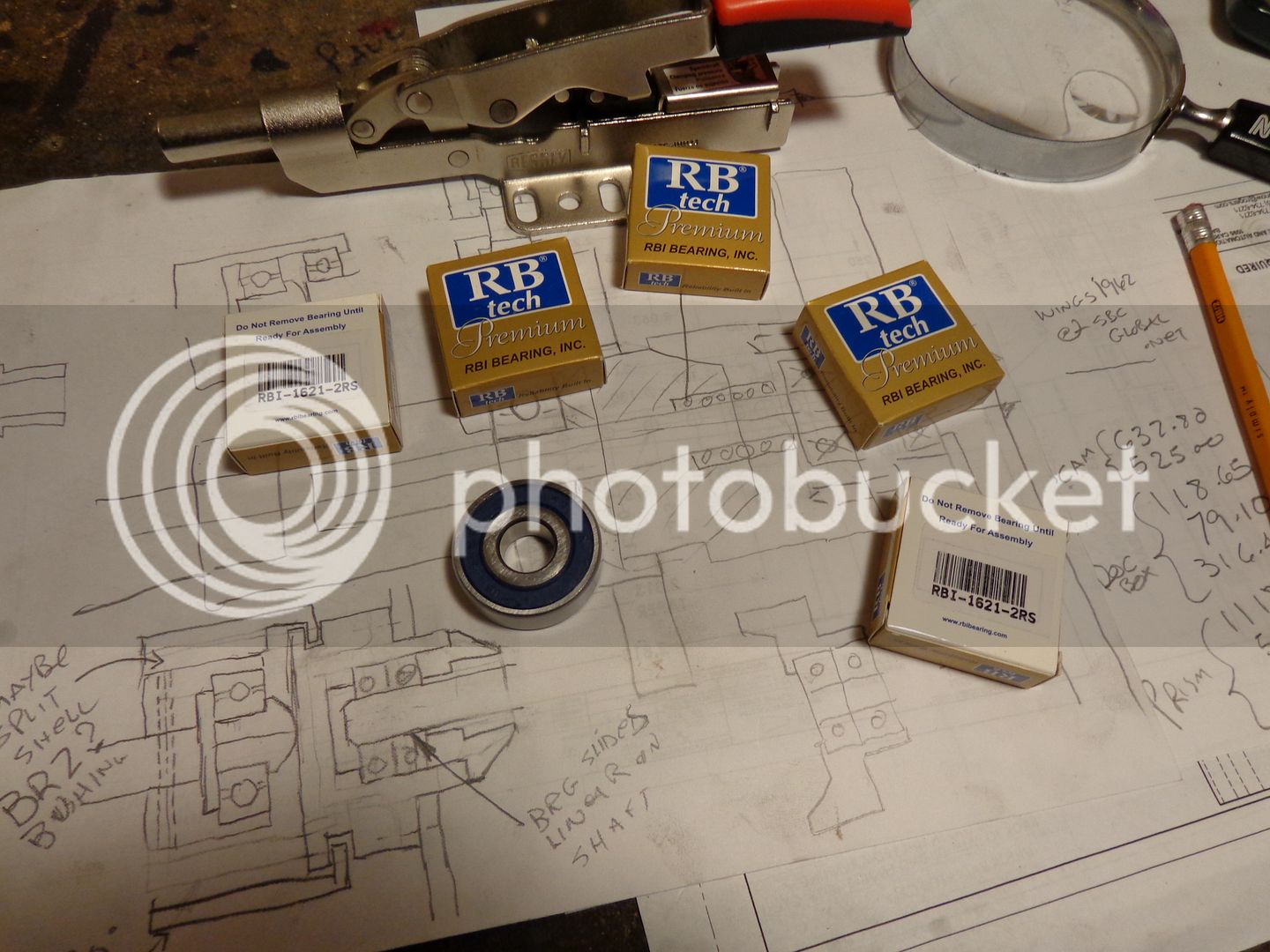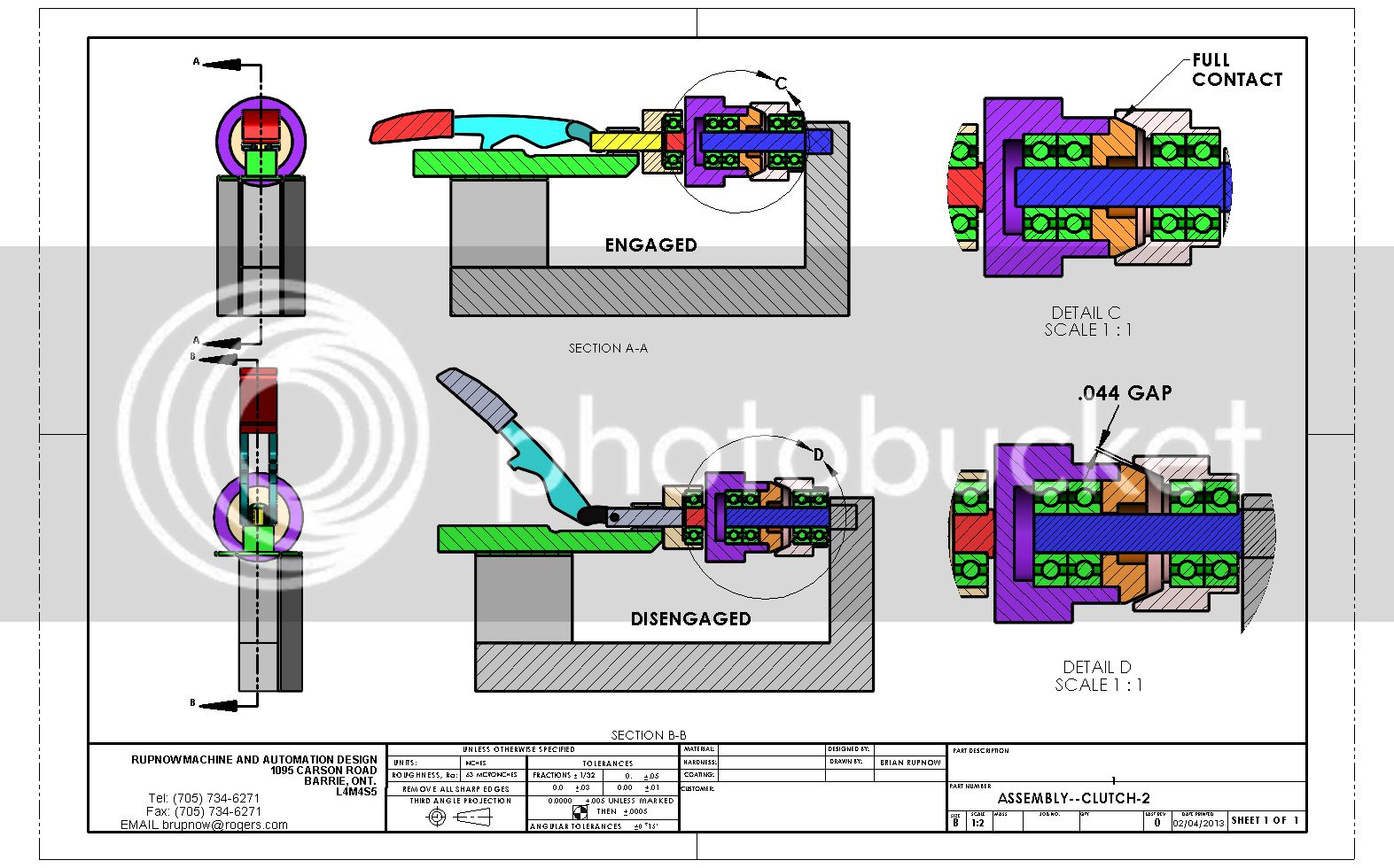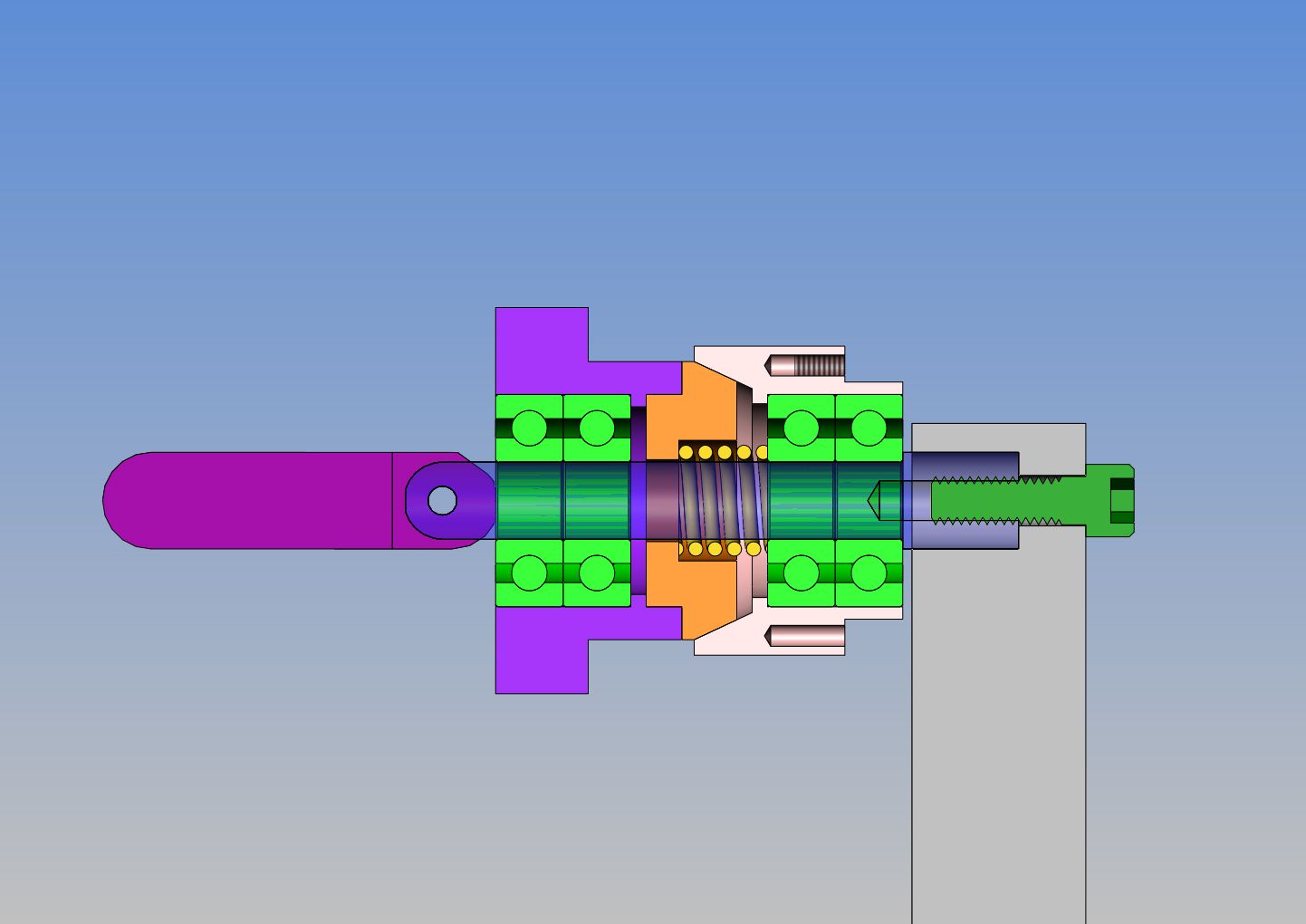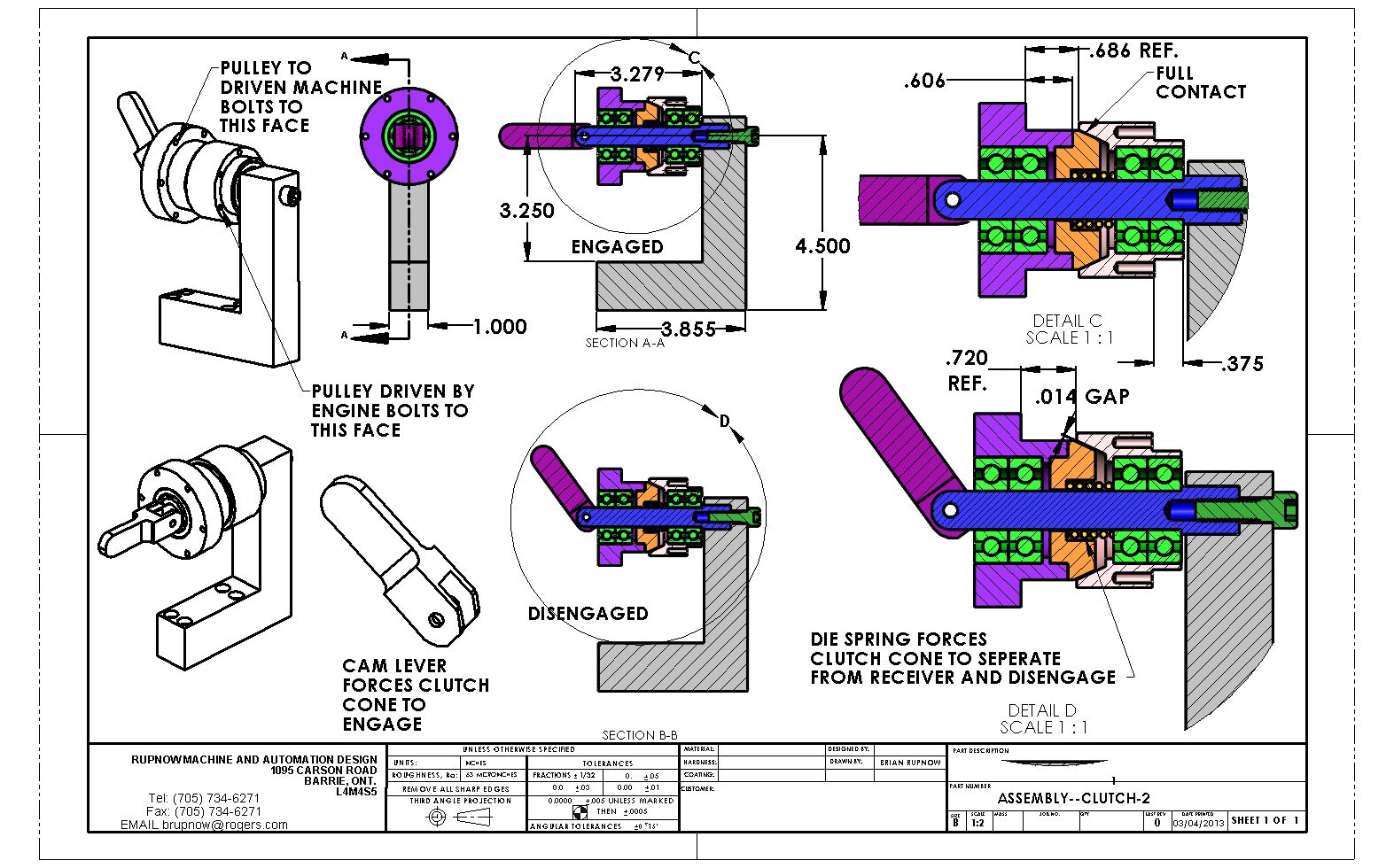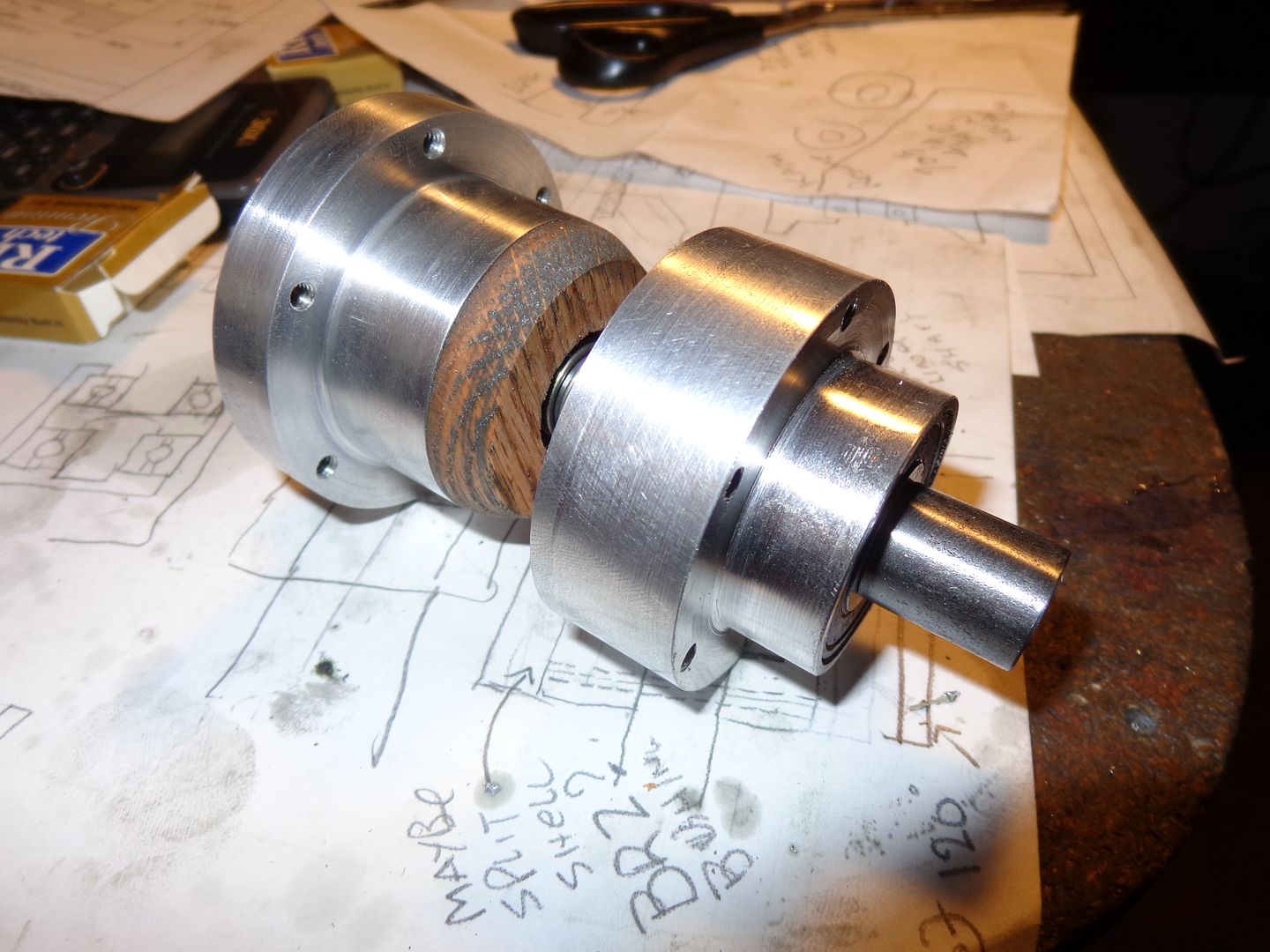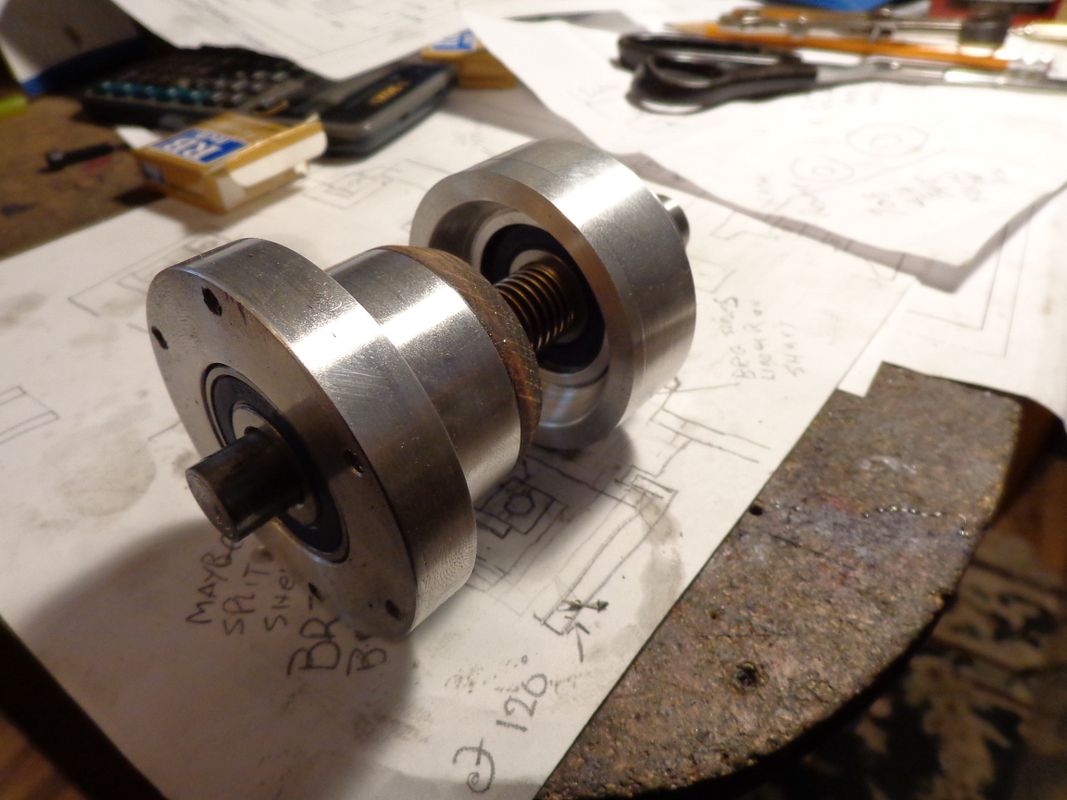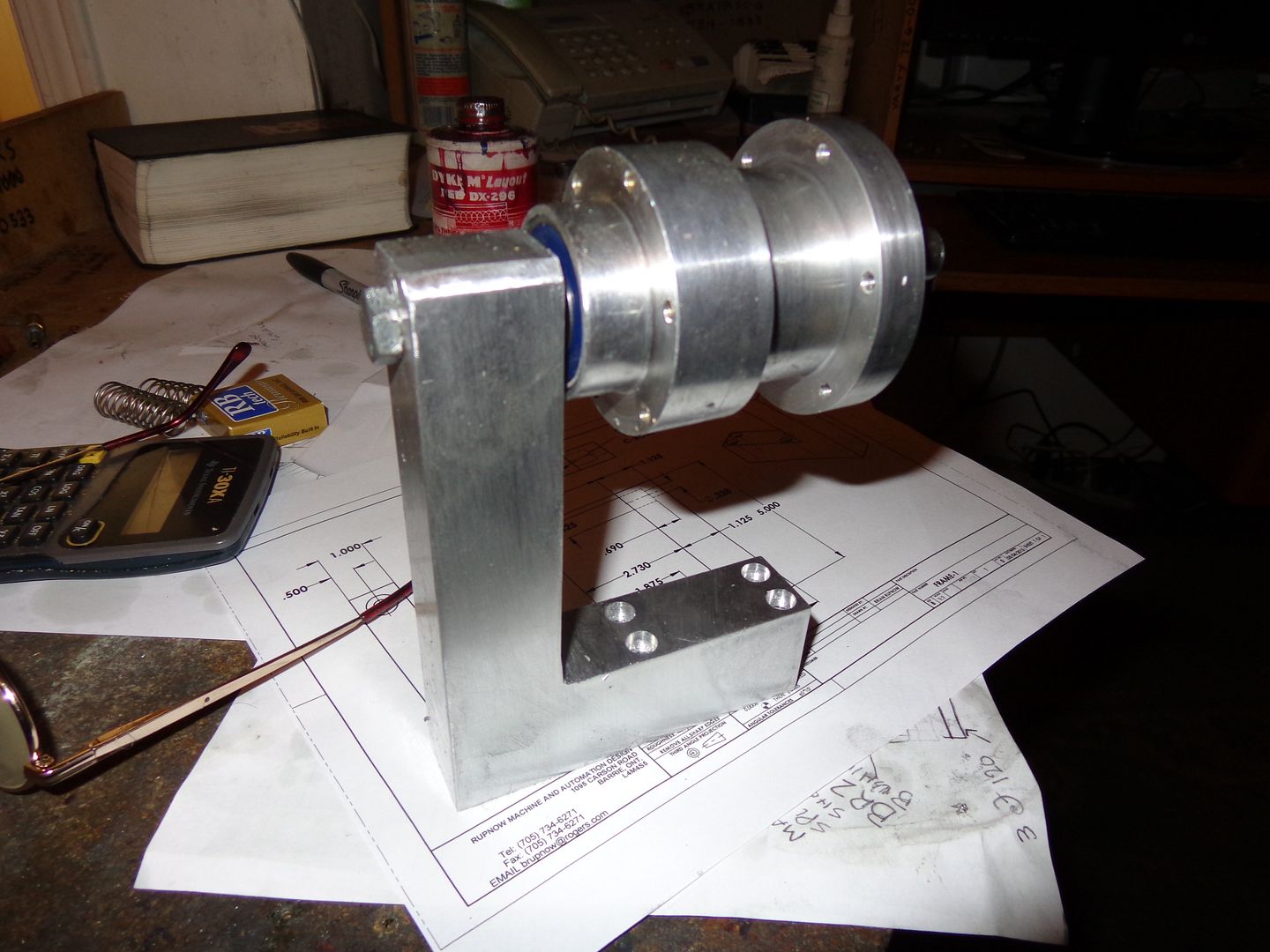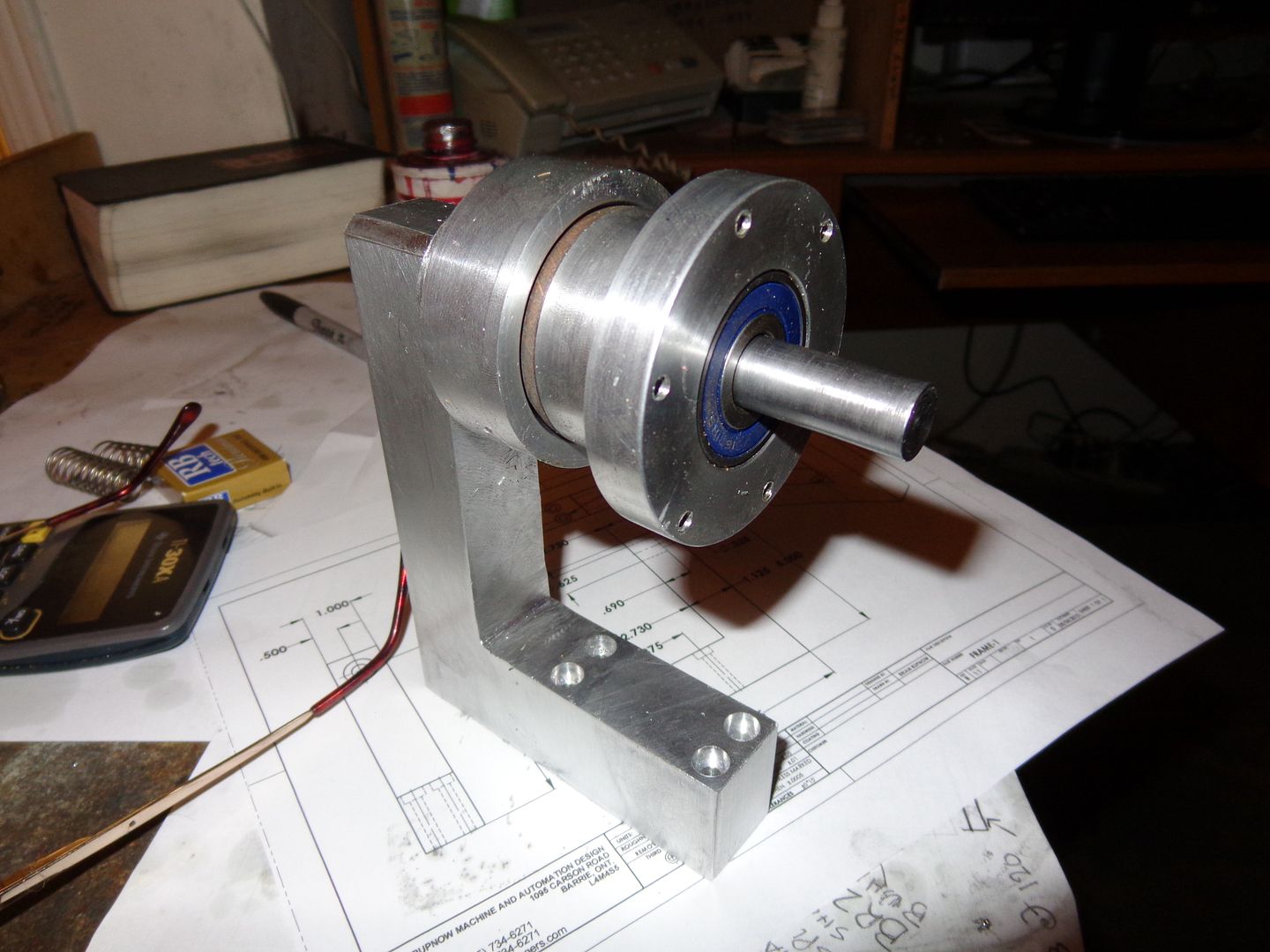Earlier this winter I designed and built a clutch, to use between one of my i.c. engines and a model sawmill I designed and built. Unfortunately, although the clutch worked, it had issues with internal binding which robbed a lot of the power, to the extent that my small engines couldn't cope with it. The design you see posted here is the design that I built and had the problems with. I am going for a total redesign, which although it will still be a cone type clutch with a wooden cone, the actuator will be a purchased Destaco type "push-pull" clamp.
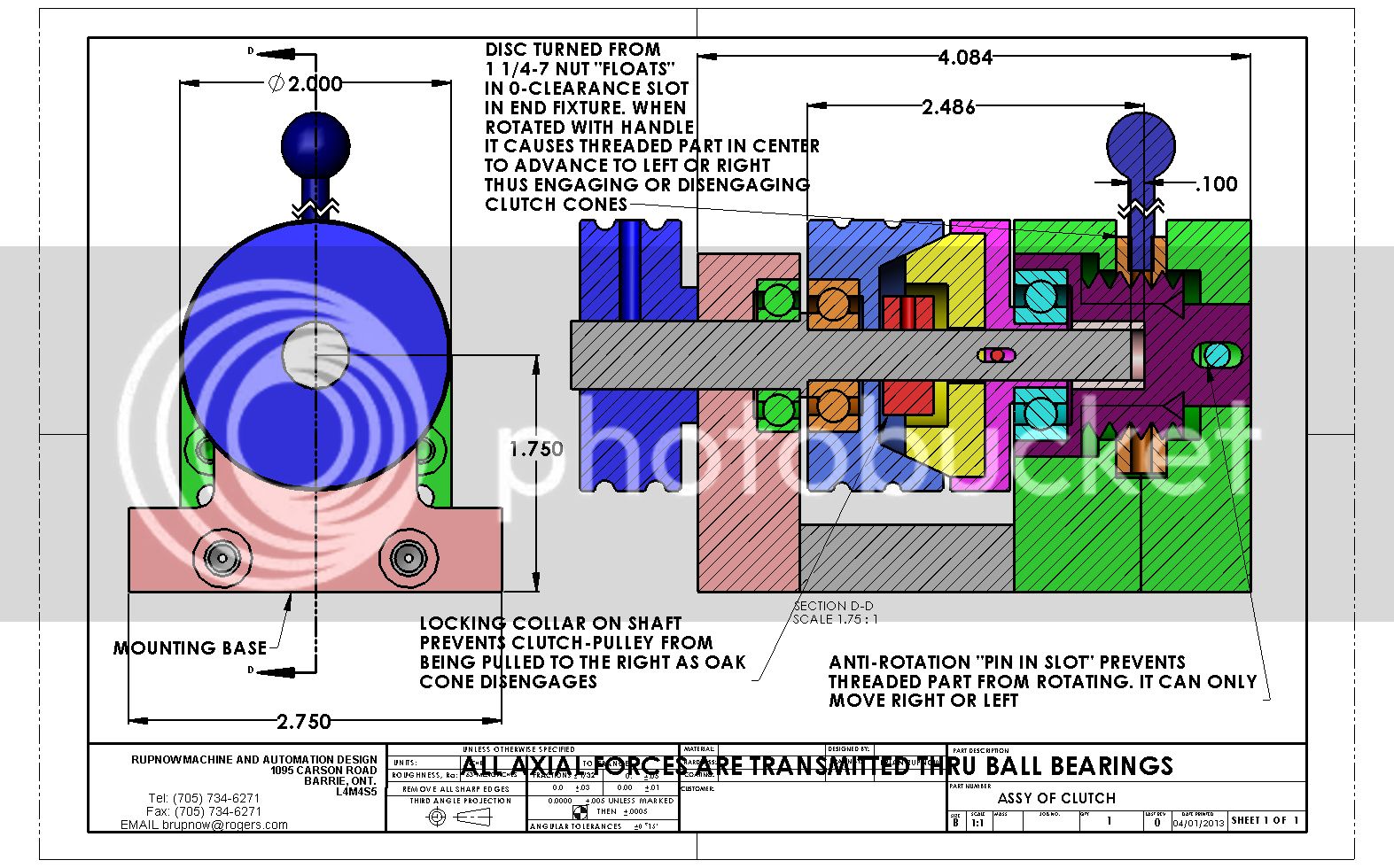

Last edited:





